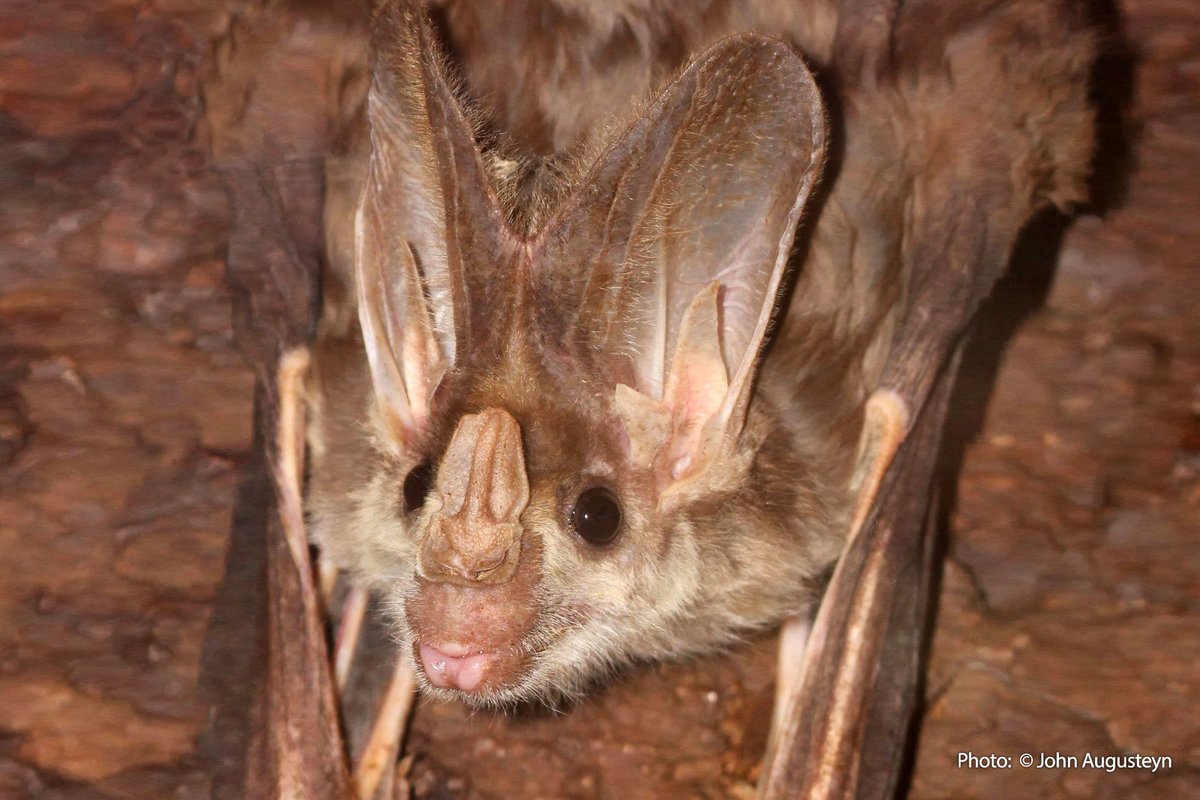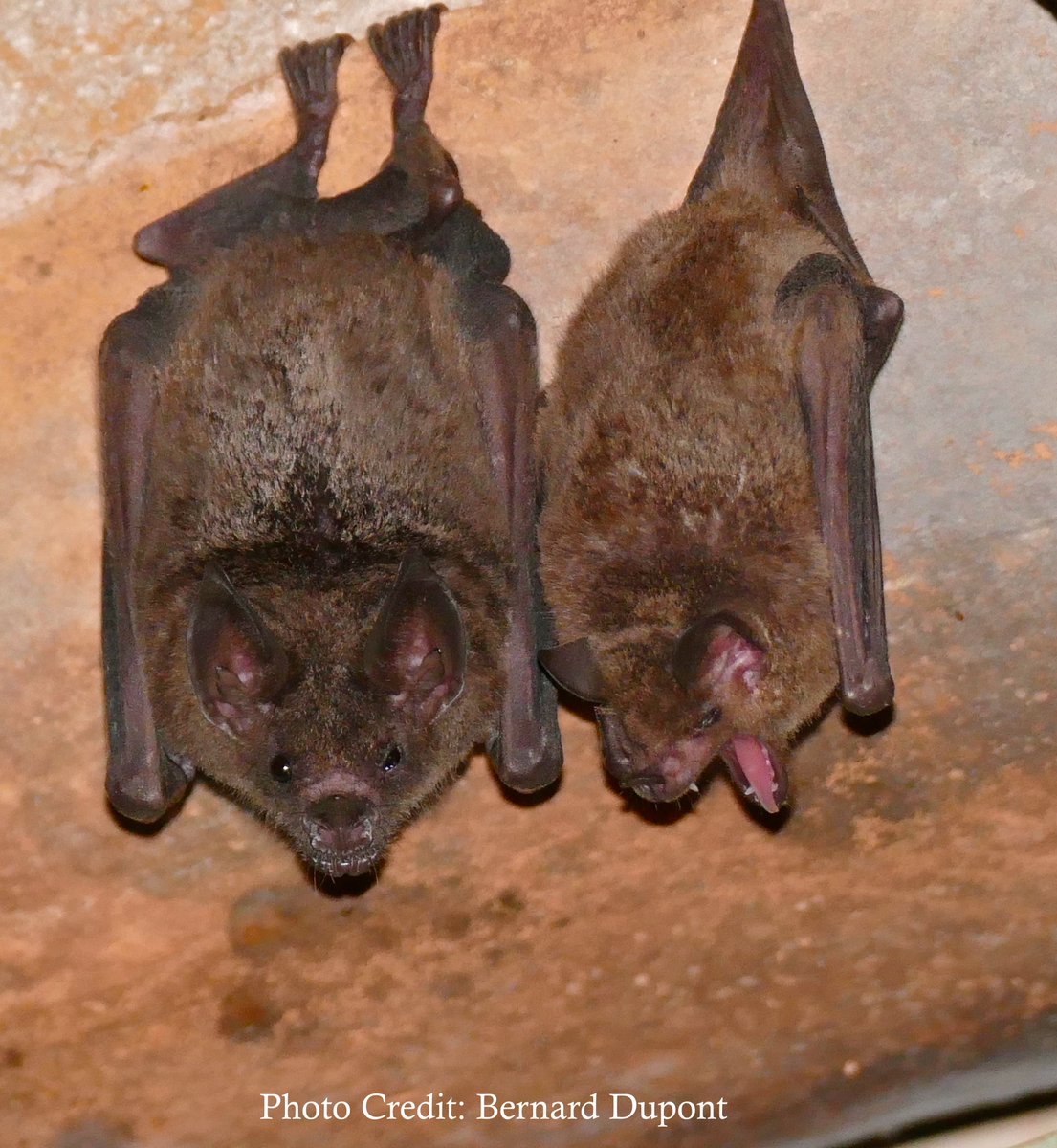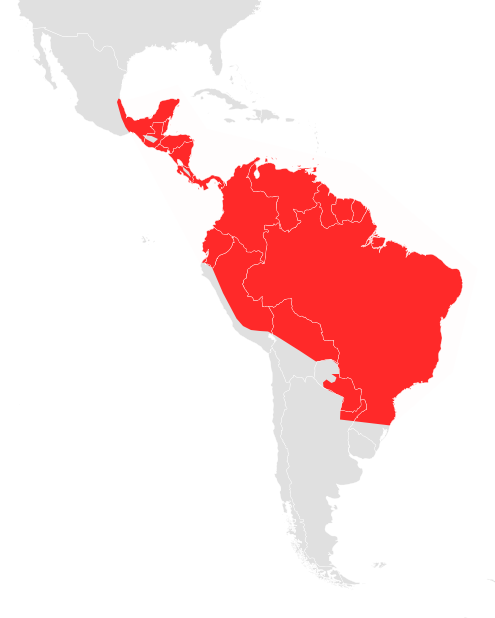
NEXT UP: No. 6 seed Ammonite (Didymoceras nebrascense) vs No. 11 seed Demon Eartheater Cichlid (Satanoperca jurubari)! #2021MMM 



Ammonites were so named because of their resemblance to the horns of Ammon - the Greek/Roman version of Amun, the Egyptian God of life and reproduction #2021MMM 



That being said...not sure what horns our Ammonite, Didymoceras nebrasense most closely resemble. Didymoceras is an example of a heteromorph ammonite, named because their shells don't follow the normal symmetrical spiral coil of other ammonites #Squiggles #2021MMM 

Our particular ammonite (hereafter "Ammonite") lived between 83 - 70 million years ago. Females are thought to be larger, ranging up to 270 mm in height (or ~1 stoat) (Kennedy et al 2000, bit.ly/ammoniteMMM) #StoatsAsMeasurement #2021MMM
The Demon Eartheater Cichlid hails from the genus Satanoperca, or "Satan's Perches", a group of cichlids found in South America. The species epithet "jujubari" comes from a Tupi word for 'demon' or malignant spirit #2021MMM 

The Tupi people are among the Indigenous groups of the Amazon basin, with homelands along the Brazilian coast #2021MMM
These popular aquarium fish are medium-sized cichlids (18.5 cm), with a lovely golden-green iridescence. Their 'eartheater' moniker comes from their foraging habit of sifting through mouthfuls of sand or silt to feed #2021MMM 

The Cichlid is contentedly sifting through the silty, sandy bottom of the small Amazonian river tributary where it lives. It sees a large piece of something sticking up in the sand & darts forward to grab it when suddenly... #2021MMM
The water shimmers, and the local fauna become large & strange. If our Cichlid could read a map or a calendar, he would realize he has been transported back in time via #MMMagic to the Western Interior Seaway of the late Cretaceous! #2021MMM
This ancient sea once stretched across the middle of North America, connecting the Gulf of Mexico to the Arctic Ocean roughly 70 million years ago - bit.ly/WISea. It also happen to home to our other contender, a large female Ammonite #2021MMM 

Due to her "aberrant shape", the Ammonite is considered a poor swimmer and mostly scavenges along the sea floor (Westermann 1996, bit.ly/Ammonoids). #2021MMM
The Cichlid eyes the Ammonite suspiciously. Despite their fierce name, Demon Eartheater Cichlids are generally a peaceful folk, who don't want any trouble #2021MMM
The Cichlid is also feeling...strange. Frequently found in extremely dilute habitats, Eartheater cichlids have low ion affinity transporters & uptake rates (Gonzalez et al 2002, bit.ly/FishIons) #2021MMM
These adaptations are great when they are chilling in their natural freshwater habitat. Which the Western Interior Seaway is NOT #OhNoNotAgain #2021MMM
Hypothesized based on oxygen isotope values, the Western Interior Seaway ranged up to 35 practical salinity units (Petersen et al 2016, bit.ly/USGS_WIS), generally higher than our Cichlid is used to #2021MMM
Slowly losing all of his water, the Cichlid loses consciousness and settles on the bottom of this foreign, shallow ocean. #2021MMM
The Ammonite slowly shuffles by, reaching with her sharp, beak-like mouth parts that are adapted for grasping and cutting (Kruta et al 2010, bit.ly/AmmonJaws) #2021MMM
THE AMMONITE CONSUMES THE DEMON EARTHEATER CICHLID! #2021MMM
• • •
Missing some Tweet in this thread? You can try to
force a refresh








